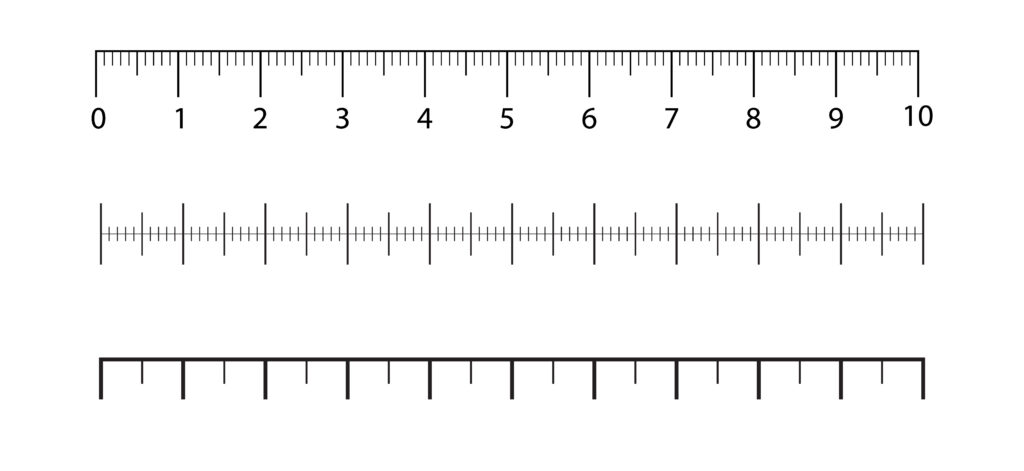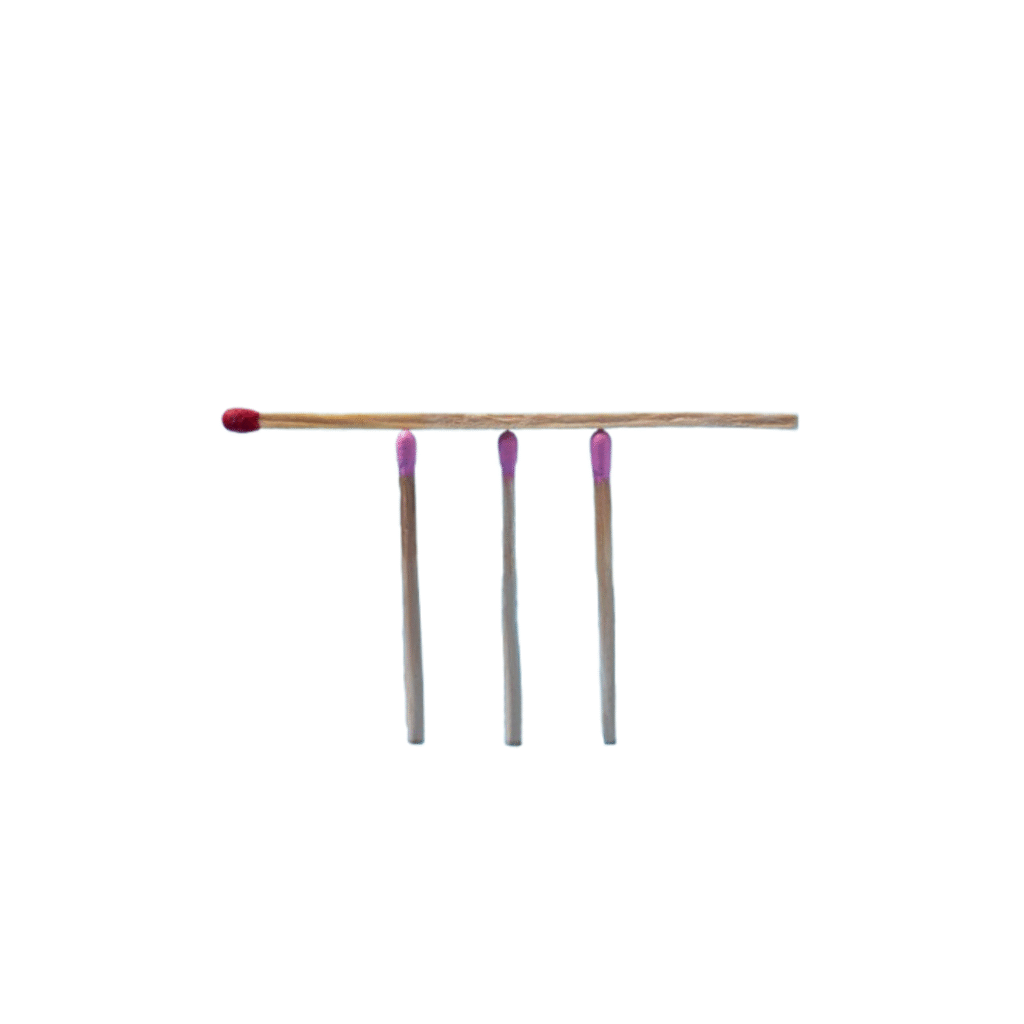Cone and Cylinder Volume Comparison
Explore the relationship between cone and cylinder volumes through an interactive sand-pouring demonstration. Adjust dimensions and observe how three cone-fulls exactly fill a cylinder with the same base and height.
Help & Instructions
▼- Adjust Dimensions: Change the radius and height of the shapes using the input controls
- Pour Sand: Click the "Pour Cone into Cylinder" button to simulate transferring sand
- Observe Relationship: Watch how three cone-fulls exactly fill the cylinder
- Reset: Use the reset button to start over with a new demonstration
- Try different dimensions to verify the 1:3 volume relationship holds true
- Understand the volume relationship between cones and cylinders
- Visualize why a cylinder's volume is three times that of a cone with same dimensions
- Apply volume formulas for cones and cylinders
- Develop spatial reasoning about 3D shapes
Sand Pouring Demonstration
Watch how three cones of sand exactly fill one cylinder with the same base and height.
Shape Dimensions
Adjust the dimensions of the cone and cylinder (both share the same base radius and height):
When a cone and cylinder share the same base radius and height, the cylinder will always have three times the volume of the cone. This 1:3 relationship can be demonstrated by pouring the contents of three cones into one cylinder.
The Mathematics of Cone and Cylinder Volumes
Where:
- r is the radius of the base
- h is the height of the shape
- π is the mathematical constant Pi (approximately 3.14159)
The cone volume formula contains the factor 1/3 because:
- A cone is essentially a pyramid with a circular base
- Mathematically, the volume of any pyramid-like shape is 1/3 × base area × height
- This can be demonstrated through calculus or geometric decomposition
This relationship holds true regardless of the specific dimensions, as long as the cone and cylinder share the same base radius and height.
Understanding the cone-cylinder volume relationship has practical applications in:
- Engineering: Calculating material volumes for conical and cylindrical structures
- Manufacturing: Determining capacity of containers, hoppers, and silos
- Construction: Estimating concrete needed for conical and cylindrical elements
- Packaging: Designing containers with specific volume requirements


